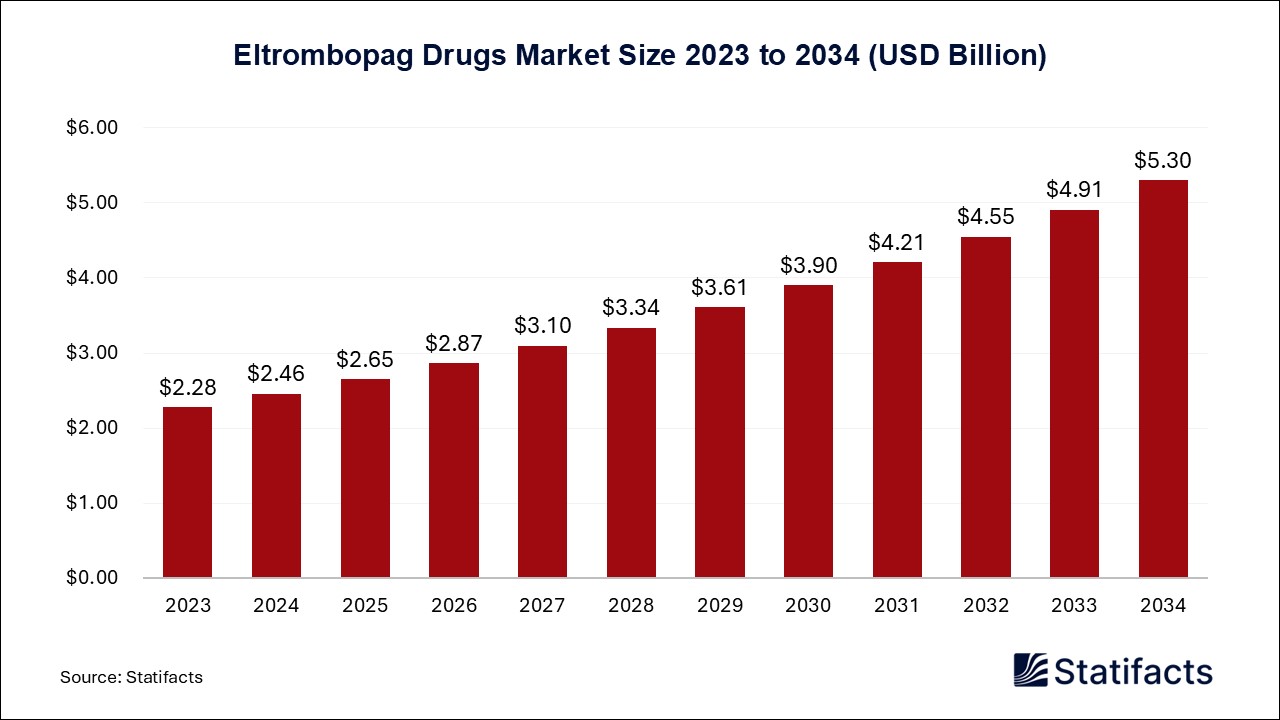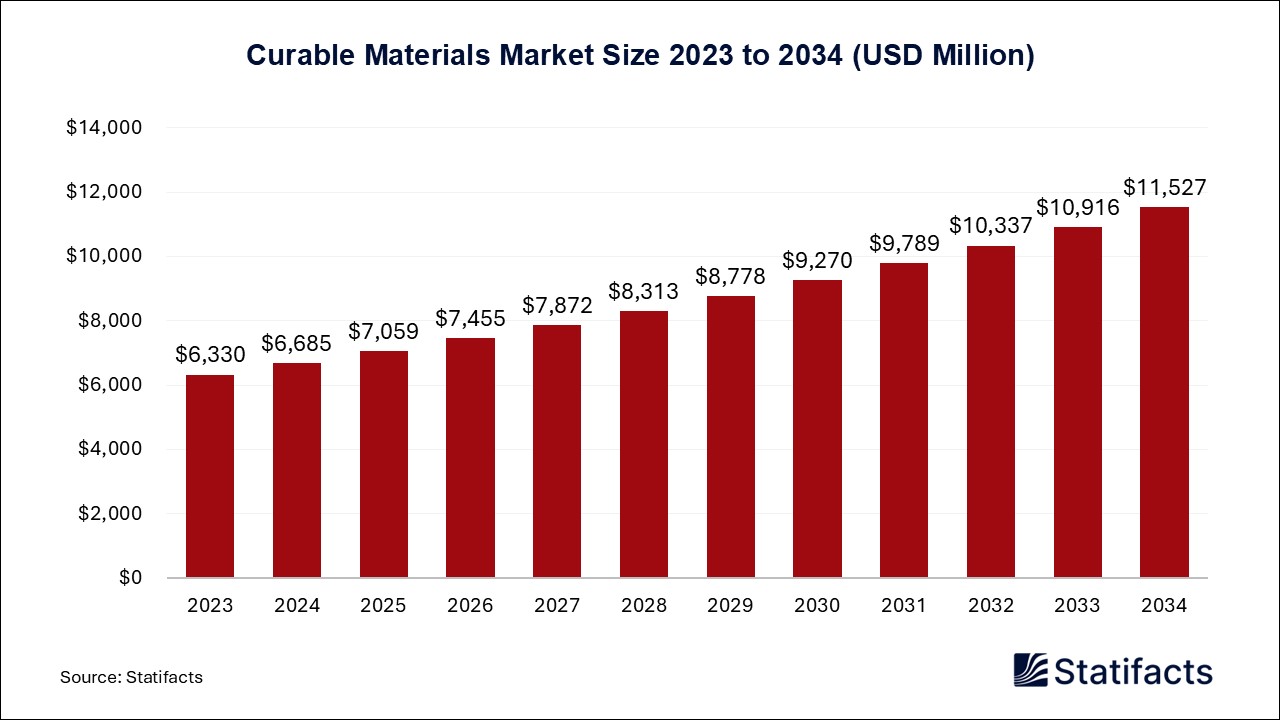
By clicking “Accept All Cookies” you agree to the storing of cookies on your device to enhance site navigation, analyze site usage, and assist in our marketing efforts.
Privacy PolicyThe global large and small-scale bioprocessing market size accounted for USD 80.52 billion in 2024 and is predicted to touch around USD 295.9 billion by 2034, growing at a CAGR of 13.9% from 2025 to 2034.
| Industry Worth | Details |
| Market Size in 2025 | USD 91.71 Billion |
| Market Size by 2034 | USD 295.9 Billion |
| Market Growth Rate from 2025 to 2034 | CAGR of 13.9% |
The large and small-scale bioprocessing market refers to the production, distribution, and application of large and small-scale bioprocessing in which bioprocessing is the production of a value-added material from a living source. The key component is the system that the source organism is alive and responsive to its environment. Large-scale bioprocessing is manipulating naturally occurring living organisms and systems by bioengineers to achieve research and industrial goals. For large-scale production, where large volumes, on average 100-10000 liters of culture, can be processed, the development of bioreactors was required. Small-scale bioprocessing provides parallel processing and allows the evaluation of a series of experiments for bioprocessing.
Automated bioprocessing offers many benefits to the biopharmaceutical industry, including enhanced process control, improved product quality, reduced variability, increased throughput and efficiency, and cost savings. Large-scale processes are essential in producing biofuels, bio-based chemicals, and renewable energy sources. Small-scale bioprocessing benefits include minimizing materials use and the cost of batch manufacture being reduced compared with large-scale trials, smaller-scale equipment allowing for greater flexibility in reacting to and rectifying processing issues, and challenges associated with access to commercial-scale equipment being avoided.
Partnerships between industry and academia drive innovations in bioprocessing technologies contributing to the growth of the large and small-scale bioprocessing market. Partnerships with industries help universities access more study resources for funding their research and diversifying research areas, and receive feedback and guidance from the industries while helping them further. Beyond knowledge exchange, industry-university collaboration fosters talent development. This interaction establishes a talent pipeline, fostering a culture of excellence and preparing the next generation of professionals for industry challenges.
Industry partner benefits include creating opportunities, demonstrating your impact, building reputation, scaling up research, accessing resources, facilities, and data, widening perspective, accessing additional research funding, and creating real-world solutions. The joining of industry with academic sectors for the betterment of the graduates and other stakeholders involved in the educational sectors. Connecting skillsets for the employability of students in higher education across disciplines. This collaboration not only improves the quality and impact of research but also ensures that the research is aligned with industry needs.
Government funding for a favorable regulatory environment and biotechnology research is driving the growth of the large and small-scale bioprocessing market. The government can help the environment by investing in sustainable transportation options, supporting renewable energy technologies, and implementing environmental regulations to help limit pollution and protect natural resources.
The main aim of the regulatory measures by the government is to ensure compliance with laws, standards, and designs to protect public safety, health, the environment and overall well-being. The government can choose from a wide range of policy interventions and financing measures to support the transformation of energy and industrial systems, improve energy efficiency, tackle environmental pollution, and protect and replenish natural capital.
Published by Kesiya Chacko
| Subsegment | 2024 | 2025 | 2026 | 2027 | 2028 | 2029 | 2030 | 2031 | 2032 | 2033 | 2034 |
|---|---|---|---|---|---|---|---|---|---|---|---|
| Industrial Scale (Over 50,000 Litre) | - | - | - | - | - | - | - | - | - | - | - |
| Small Scale (Less Than 50,000 Litre) | - | - | - | - | - | - | - | - | - | - | - |
| Subsegment | 2024 | 2025 | 2026 | 2027 | 2028 | 2029 | 2030 | 2031 | 2032 | 2033 | 2034 |
|---|---|---|---|---|---|---|---|---|---|---|---|
| Downstream Processing | - | - | - | - | - | - | - | - | - | - | - |
| Fermentation | - | - | - | - | - | - | - | - | - | - | - |
| Upstream Processing | - | - | - | - | - | - | - | - | - | - | - |
| Subsegment | 2024 | 2025 | 2026 | 2027 | 2028 | 2029 | 2030 | 2031 | 2032 | 2033 | 2034 |
|---|---|---|---|---|---|---|---|---|---|---|---|
| Bioreactors/Fermenters | - | - | - | - | - | - | - | - | - | - | - |
| Cell Culture Products | - | - | - | - | - | - | - | - | - | - | - |
| Filtration Assemblies | - | - | - | - | - | - | - | - | - | - | - |
| Bioreactors Accessories | - | - | - | - | - | - | - | - | - | - | - |
| Bags & Containers | - | - | - | - | - | - | - | - | - | - | - |
| Others | - | - | - | - | - | - | - | - | - | - | - |
| Subsegment | 2024 | 2025 | 2026 | 2027 | 2028 | 2029 | 2030 | 2031 | 2032 | 2033 | 2034 |
|---|---|---|---|---|---|---|---|---|---|---|---|
| Biopharmaceuticals | - | - | - | - | - | - | - | - | - | - | - |
| Speciality Industrial Chemicals | - | - | - | - | - | - | - | - | - | - | - |
| Environmental Aids | - | - | - | - | - | - | - | - | - | - | - |
| Subsegment | 2024 | 2025 | 2026 | 2027 | 2028 | 2029 | 2030 | 2031 | 2032 | 2033 | 2034 |
|---|---|---|---|---|---|---|---|---|---|---|---|
| Multi-Use | - | - | - | - | - | - | - | - | - | - | - |
| Single-Use | - | - | - | - | - | - | - | - | - | - | - |
| Subsegment | 2024 | 2025 | 2026 | 2027 | 2028 | 2029 | 2030 | 2031 | 2032 | 2033 | 2034 |
|---|---|---|---|---|---|---|---|---|---|---|---|
| In-house | - | - | - | - | - | - | - | - | - | - | - |
| Outsourced | - | - | - | - | - | - | - | - | - | - | - |
To get full access to our Market Insights, you need a Professional Account or a Business Suite.

You will receive an email from our Business Development Manager. Please be sure to check your SPAM/JUNK folder too.

You will receive an email from our Business Development Manager. Please be sure to check your SPAM/JUNK folder too.

Our customers work more efficiently and benefit from



